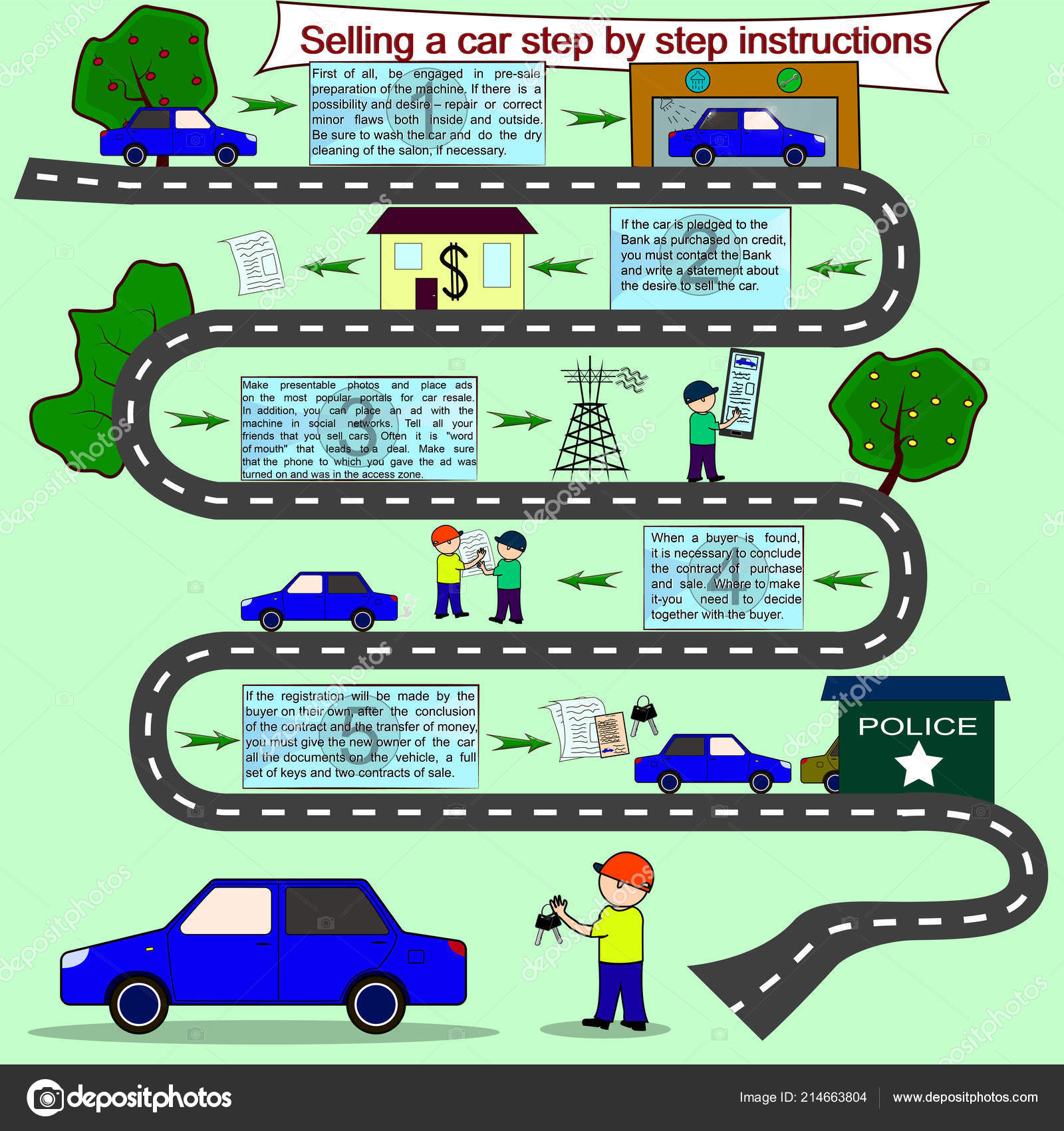Interpreting Your Auto'S Alert Lighting: Their Real Implications
Interpreting Your Auto'S Alert Lighting: Their Real Implications
Blog Article
Material By-Lauritsen Torres
When you lag the wheel, those beautiful warning lights on your control panel can be a little bit difficult. Do car detailing equipment know what they're trying to inform you concerning your cars and truck's health? Understanding the importance of these lights is vital for your security and the durability of your lorry. So, the next time among those lights pops up, would not you intend to decipher its message properly and take the essential steps to resolve it?
Common Warning Lighting and Interpretations
Determine typical caution lights in your car and understand their meanings to ensure safe driving.
The most regular caution lights consist of the check engine light, which signals problems with the engine or emissions system. If this light comes on, it's crucial to have your car inspected without delay.
The oil stress warning light suggests reduced oil pressure, needing instant attention to avoid engine damage.
A flashing battery light might suggest a damaged charging system, potentially leaving you stranded if not addressed.
The tire pressure tracking system (TPMS) light signals you to reduced tire stress, impacting automobile security and fuel performance. Overlooking this can bring about risky driving problems.
The abdominal light shows an issue with the anti-lock stopping system, compromising your capability to stop promptly in emergency situations.
Lastly, the coolant temperature cautioning light warns of engine overheating, which can result in extreme damage otherwise dealt with quickly.
Understanding these common caution lights will certainly help you resolve issues quickly and keep risk-free driving conditions.
Relevance of Prompt Focus
Recognizing the common warning lights in your vehicle is only the very first step; the value of immediately addressing these warnings can't be stressed enough to guarantee your safety and security when traveling.
When a warning light illuminates on your dashboard, it's your car's way of interacting a potential concern that requires focus. Neglecting these warnings can result in a lot more extreme problems later on, endangering your safety and potentially costing you more out of commission.
Motivate focus to warning lights can prevent malfunctions and crashes. For example, a blinking check engine light can show a misfire that, if left ignored, can create damage to the catalytic converter. Addressing this immediately can conserve you from a pricey repair work.
In a similar way, a brake system warning light might signify reduced brake liquid or used brake pads, important elements for your safety and security when driving.
Do It Yourself Troubleshooting Tips
If you discover a caution light on your control panel, there are a couple of DIY troubleshooting tips you can try before seeking specialist assistance.
car wash howick is to consult your auto's handbook to understand what the certain warning light indicates. In https://www.houstonpublicmedia.org/articles/news/business/2021/12/09/415094/a-small-business-owner-is-suing-the-city-of-pasadena-over-its-new-parking-ordinance/ can be as easy as a loose gas cap activating the check engine light. Tightening up the gas cap might settle the problem.
An additional usual issue is a reduced battery, which can activate different advising lights. Examining the battery connections for corrosion and ensuring they're safe and secure might repair the issue.
If a warning light lingers, you can try resetting it by disconnecting the automobile's battery for a couple of mins and afterwards reconnecting it. Additionally, examining your automobile's liquid degrees, such as oil, coolant, and brake fluid, can aid repair alerting lights related to these systems.
Verdict
In conclusion, recognizing your car's caution lights is essential for keeping your car running efficiently and securely. By quickly addressing these notifies and recognizing what they mean, you can avoid pricey fixings and potential breakdowns.
Keep in mind to consult your car's manual for particular details on each warning light and take action appropriately to ensure a trouble-free driving experience.
Keep educated, stay secure when traveling!
